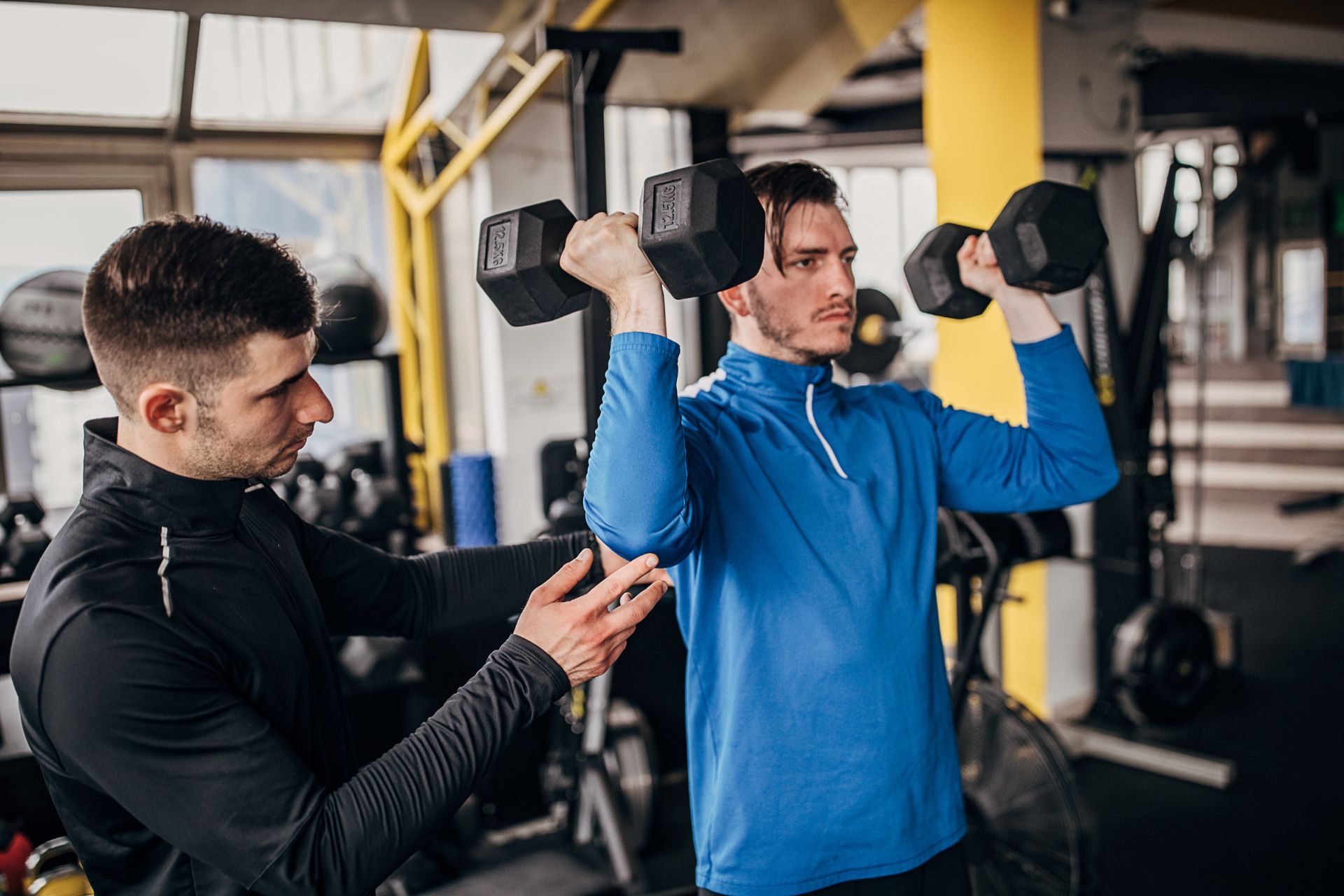Drop Sets
What are drop sets and how do they differ from regular sets in weightlifting?
Drop sets are a weightlifting technique where a lifter performs a set of an exercise to failure, then immediately reduces the weight and continues with another set without rest. This process can be repeated multiple times, creating a drop set. The main difference between drop sets and regular sets in weightlifting is that drop sets involve decreasing the weight during the same set, allowing for more repetitions to be performed at a lower weight.




